Do I need grow lights?
Shelley Smith
12 years ago
Related Stories
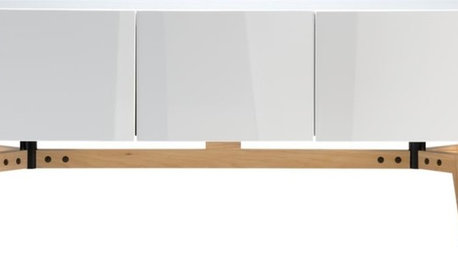
PRODUCT PICKSGuest Picks: Light Wood Accents That'll Grow on You
Ditch the darkness with modern accessories and furniture in ash, birch and light oak
Full Story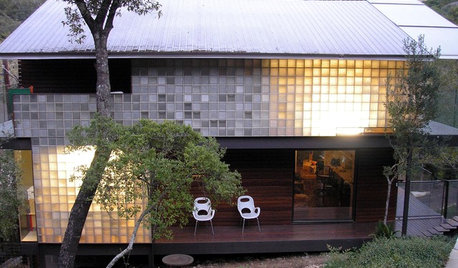
REMODELING GUIDESGreat Material: Glass Block Grows Up
See how designers are using the humble glass block for privacy, pattern and light
Full Story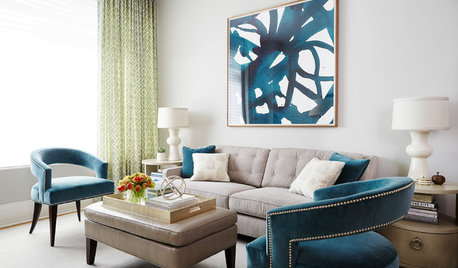
TRANSITIONAL STYLERoom of the Day: Multipurpose Space Grows Up for a Young Family
A designer revamps a New York living-dining room with light colors, flexible furnishings and sophisticated childproofing
Full Story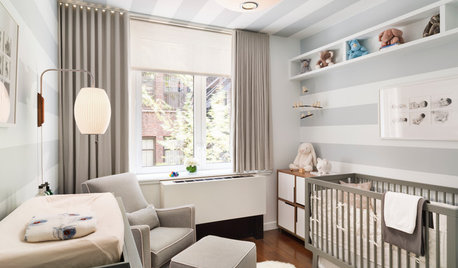
NURSERY IDEASHow to Decorate a Nursery to Grow With Your Baby
A neutral palette, convertible furniture and classic patterns mean you won't have to redecorate for the phases of childhood
Full Story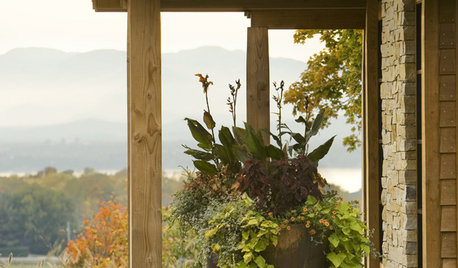
GARDENING GUIDESGrow a Beautiful Fall Garden in a Pot
Welcome autumn with 7 gorgeous plants that thrive in containers and enliven your porch or patio throughout the cooler season
Full Story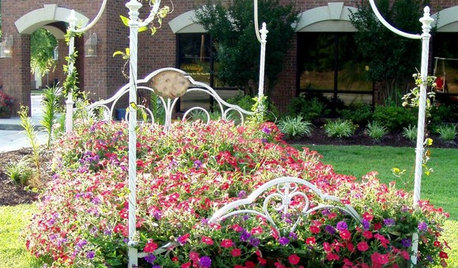
CONTAINER GARDENSYes, You Can Grow a Plant In That
You can upcycle your old typewriter, paint cans, tires and many more things into places for your plants
Full Story
GARDENING GUIDES9 Low-Growing Hedges That Make Good Neighbors
Define garden areas or borders without blocking the view, with these evergreen shrubs that take kindly to trimming
Full Story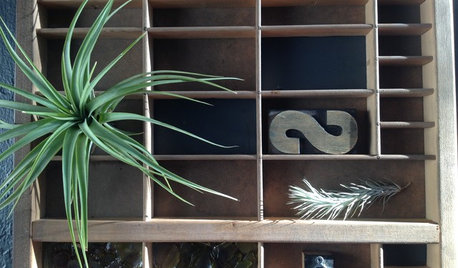
DIY PROJECTSReinvent It: Grow a Mini Vertical Garden in Printing Press Drawers
Make a living wall composition from vintage finds and greenery, for an artful indoor garden
Full Story
WINTER GARDENINGExtend Your Growing Season With a Cold Frame in the Garden
If the sun's shining, it might be time to sow seeds under glass to transplant or harvest
Full Story
NATIVE PLANTSGreat Native Plant: Grow Wild Quinine for Its Unique Clusters of Blooms
Get connoisseur cred and unique blooms with this uncommon plant. Bonus assets: It’s low maintenance and drought tolerant
Full Story


joellenh
Okiedawn OK Zone 7
Related Discussions
Greenhouse help.. Confused.. Beginner
Q
Plumies....
Q
Dahlia Dilemma
Q
what can I expect sowing yellow pear seeds today?
Q
seedmama
elkwc
elkwc
slowpoke_gardener
Shelley SmithOriginal Author
slowpoke_gardener
soonergrandmom
MiaOKC
Okiedawn OK Zone 7
Shelley SmithOriginal Author
biradarcm
helenh